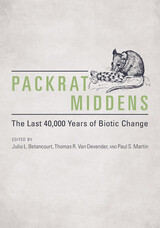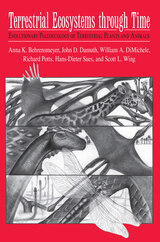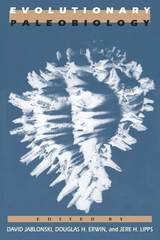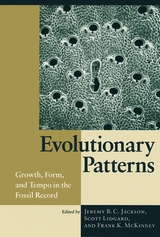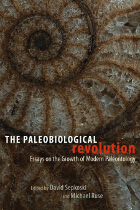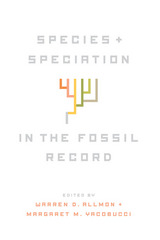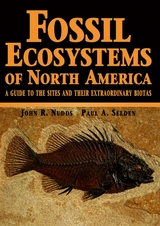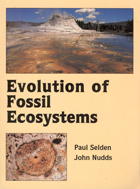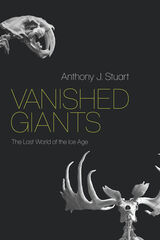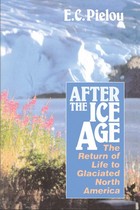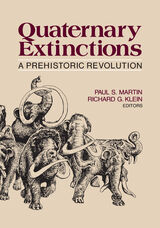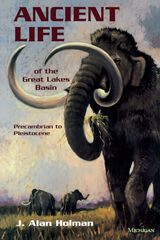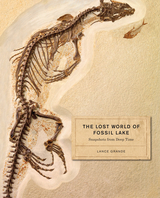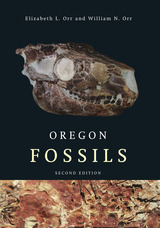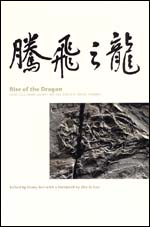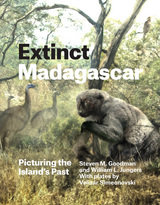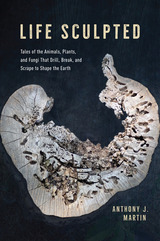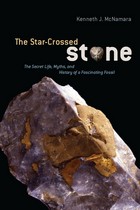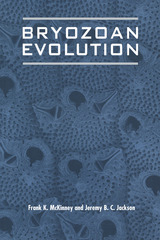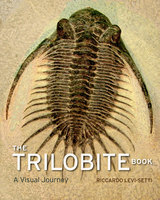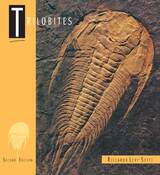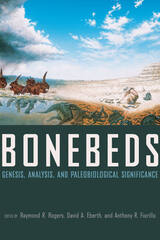Paper: 978-0-674-01729-0
Library of Congress Classification QE742.R67 1998
Dewey Decimal Classification 553.879
Amber has captured the human imagination for centuries, as amulets, ritual cups, and beads dating back 10,000 years attest. It is a fascinating substance, one that offers a unique intersection of the fields of paleontology, botany, entomology, and mineralogy. The fossilized resin of ancient trees, amber preserves organic material--most commonly insects and other invertebrates--and with it the shape and surface detail that are usually obliterated or hopelessly distorted during the mineralization we associate with fossils. To look at an ant or a bee caught in amber is to look not at an organism that has been turned to stone, but at the actual remains of an insect that lived hundreds of millions of years ago, remains that retain an uncanny semblance of life. Amber also offers clues to the evolution of certain behaviors, capturing such interactions as parasitism--a fruit fly with a parasitic mite still attached to it--or mutualism--a bubble of gas indicating the presence of beneficial bacteria in the gut of a termite.
Unique to this book are identification keys to the most common insect inclusions as well as practical advice on how to identify all-too-common fakes. Amber will bring the study of this and its inclusions within reach of anyone with access to amber and a good magnifying glass.
See other books on: Amber | Amber fossils | Ross, Andrew | Science
See other titles from Harvard University Press

